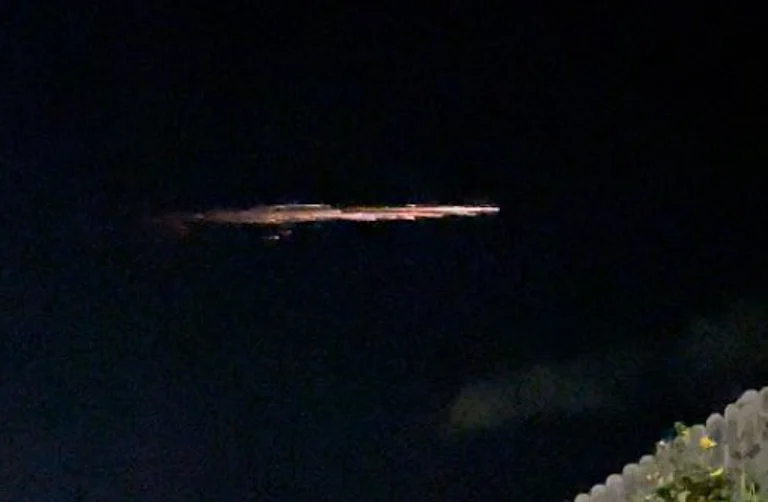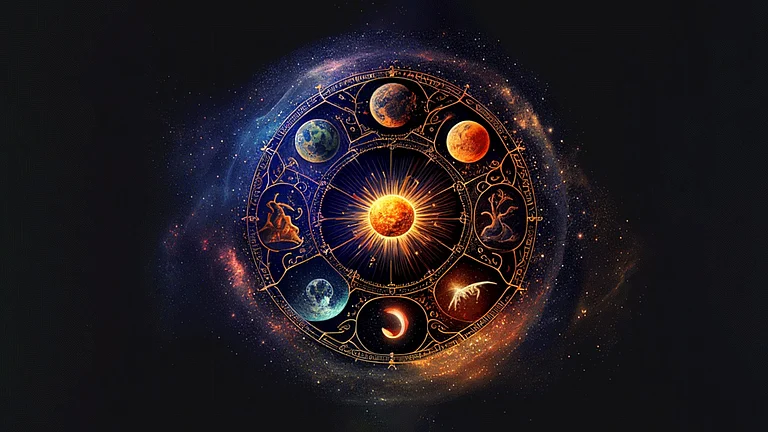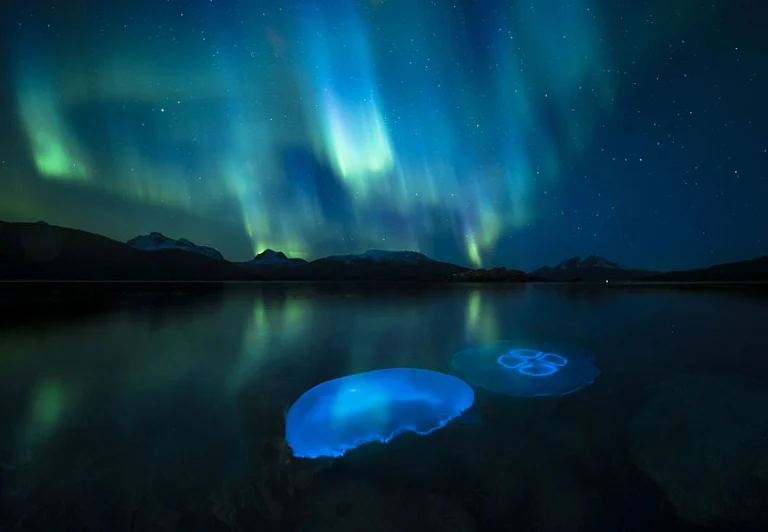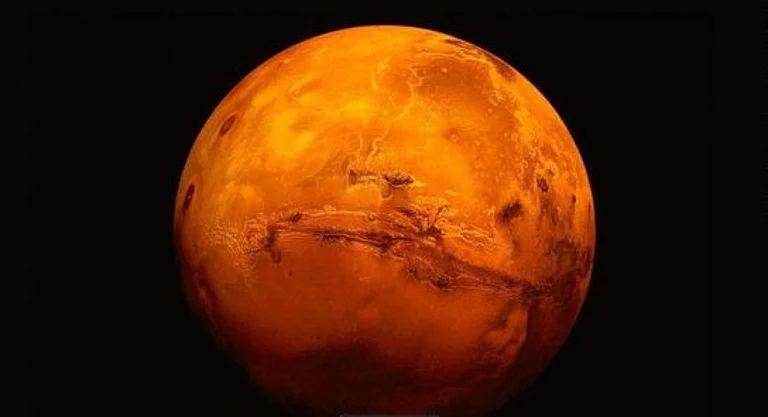The Sun experiences significant fluctuations in activity known as solar maximum, characterized by heightened solar surface activity. During this phase, the Sun generates numerous solar flares, leading to solar storms capable of triggering atmospheric phenomena such as auroras or northern lights.
Recently, auroras have been observed in unusually southern locations such as Alabama, attributed to solar storms. Scientists were also prepared to witness a similar phenomena on Mars.
On May 20, NASA detected a solar flare, described by them as "the biggest event," with details made public on Monday, June 10.
The Solar Orbiter spacecraft, a collaborative effort between ESA and NASA, detected a solar flare classified as X12 on May 20. X-class flares are recognized as the strongest among various types. The May 20 flare emitted X-rays and gamma rays toward Mars, accompanied by a coronal mass ejection (CME) expelling charged particles. While the X-rays and gamma rays traveled at the speed of light and reached Mars first, the charged particles followed closely behind, arriving at the planet within mere tens of minutes.
According to NASA's official report, “If astronauts had been standing next to NASA’s Curiosity Mars rover at the time, they would have received a radiation dose of 8,100 micrograys — equivalent to 30 chest X-rays. While not deadly, it was the biggest surge measured by Curiosity’s Radiation Assessment Detector, or RAD, since the rover landed 12 years ago.”
Did Auroras appear over Mars?
According to Solar Orbiter data, the storm released such a significant amount of energy on May 20 that the surface of the planet, as depicted in black-and-white images from Curiosity's navigation cameras, seemed to be "dancing with snow." These dancing snow particles were, in fact, white streaks and specks resulting from charged particles impacting the cameras.
NASA's MAVEN (Mars Atmosphere and Volatile Evolution) orbiter, positioned high above Curiosity, recorded another consequence of the recent solar activity: luminous auroras above the planet. Nevertheless, the mechanism behind these auroras differs from those observed on Earth.
Our planet benefits from a sturdy magnetic field, which typically confines auroras to polar regions by shielding against charged particles. However, Mars lost its internally generated magnetic field in the past, leaving it vulnerable to a bombardment of energetic particles. When these charged particles collide with the Martian atmosphere, they produce auroras that envelop the entire planet.
NASA explained, "During solar events, the Sun releases a wide range of energetic particles. Only the most energetic can reach the surface to be measured by RAD. Slightly less energetic particles, those that cause auroras, are sensed by MAVEN’s Solar Energetic Particle instrument."
MAVEN Space Weather Lead Christina Lee from the University of California, Berkeley’s Space Sciences Laboratory remarked, “This was the largest solar energetic particle event that MAVEN has ever seen.”






























